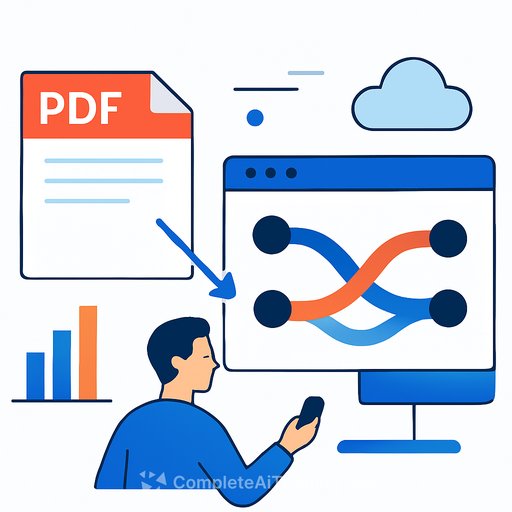Taiwan's Draft AI Basic Act: What IT and Dev Teams Need to Know
On 15 July 2024, Taiwan's National Science and Technology Council released the draft AI Basic Act. The Executive Yuan approved the draft on 28 August 2025, and it now heads to the Legislative Yuan for review. The goal is clear: support AI progress while protecting human rights, IP, and social welfare.
If you build, deploy, or integrate AI in Taiwan, the rules will touch your stack, your data flows, and your delivery process. Here's the signal through the noise.
Core principles that guide the Act
The draft defines AI technologies and sets seven principles to steer development and use across sectors.
- Sustainability
- Human autonomy
- Privacy protection and data governance
- Security
- Transparency and explainability
- Fairness
- Accountability
Key features and what they mean for builders
- Decentralised oversight. There is no single AI regulator. Each ministry sets rules for its domain (think finance, health, transport, education). Action: identify the ministry for your use case and track its guidance.
- Risk-based approach. AI applications are classified by risk. High-risk systems face tighter duties: responsibility, remedies, compensation, and insurance for deployed systems. Note: these obligations exclude projects still in development.
- Innovation sandboxes and incentives. Expect sandbox programs with relaxed rules for testing, plus subsidies and financial support. The government also plans mechanisms for data openness, sharing, and reuse to make quality datasets easier to work with-under governance.
- Human rights, labour, and IP protection. The Act targets privacy risks, unfair bias, and job displacement. Authorities may use evaluation and verification tools to check compliance and reduce harmful effects such as rights violations, social disruption, misinformation, or security threats. IP and cultural values get explicit protection.
- Talent development and public awareness. Investment will go into AI education for professionals and the public, pushing responsible use across the board.
Practical steps to get compliance-ready
- Build an AI system inventory. List models, APIs, datasets, purpose, users, and deployment status. Tag each use case to the likely ministry.
- Classify risk per use case. Define criteria for high/medium/low risk based on impact on safety, rights, and critical services. Document reasoning.
- Implement controls for high-risk systems. Human oversight, audit logs, versioning, rollback/kill switches, post-deployment monitoring, incident reporting, bias/DRI tests, red-teaming, model and data cards, explainability notes, and user disclosures.
- Prepare remedies and insurance. Set up complaint intake, investigation workflows, compensation procedures, and align with insurers on coverage wording for AI incidents.
- Tighten data governance. Minimise sensitive data, apply retention limits, strengthen access control, and validate data provenance. Use DPAs and data sharing agreements for third parties.
- Vendor and model due diligence. Require security attestations, eval reports, fine-tune logs, and safeguard clauses for foundation models and external APIs.
- Design for sandbox entry. If relevant, plan a scoped POC with clear metrics, guardrails, and success criteria to work with regulators under a sandbox.
- Documentation culture. Keep clear records for decisions, testing, and releases. You'll need them for audits and ministry requests.
Strategic goals and what to expect from government
The Ministry of Digital Affairs (MODA) is leading the push, backed by investment in supercomputing, data resources, and talent. The intent is a flexible rule set that still protects people, while attracting international firms and accelerating industry adoption.
For teams, this means more accessible compute and data initiatives, structured testing paths via sandboxes, and clearer expectations for high-risk deployments.
Implications for international businesses
Because oversight sits with multiple ministries, expect sector-specific requirements rather than one universal rulebook. The upside: a pro-innovation stance, real testing routes, and financial support options.
- Choose your entry sector and engage early with the relevant ministry's guidance.
- Build explainability and logging into your architecture from day one.
- Align internal policies with the Act's principles to reduce rework later.
- Plan for local disclosures, user notices, and human-in-the-loop where risk is high.
Where to follow official updates
Watch MODA and the Executive Yuan for drafts, guidance, and sandbox details as they roll out.
Upskilling your team
If you're formalising AI governance and risk practices, structured training can speed up adoption across engineering, data, and product. Here's a curated catalog of options: Popular AI Certifications.
Your membership also unlocks:






